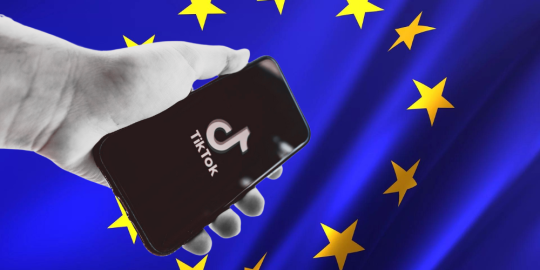
Big changes are afoot as TikTok announces new updates for European Union (EU) users. The implications of these alterations could significantly transform the user experience within the app. The revamp is initiated to comply with the EU Digital Services Act, which aims to enhance user privacy better, setting new norms for digital platforms.
The first alteration that could be a game-changer is the provision for users to deactivate personalization within the app. Put simply, users can now opt for their 'For You' and 'LIVE' recommendations not to be based on their activity history. This introduces a new dynamic where popular videos in the user's locality and worldwide, take precedence over content tuned to their personal interests.
Nonetheless, the change does not imply a complete redesign of the user interface. In fact, the 'Following' and 'Friends' feeds will retain the content from creators they follow, albeit in chronological order. Consequently, the role of TikTok's feed algorithm, which has been integral to its global success, will be redefined. While this move could alter the app's usage in the EU, it is essentially optional, with users having the freedom to switch off personalization.
Further changes target advertising and content reporting. Personalized advertisements will be disabled for users aged between 13 and 17. In addition, a new feature allows users to report content that contradicts the law, offering categories such as hate speech and financial crimes. The reported content will be evaluated by a dedicated team of legal and moderation specialists, ensuring user safety and compliance with legal norms.
In summary, these new changes by TikTok symbolize an important step in aligning with the regulations imposed by the EU Digital Services Act. It is a commendable initiative to enhance user privacy while ensuring a sustainable growth trajectory in the digital realm. Regardless of how the changes impact usage patterns, they undoubtedly herald a new era of user-centric modifications and enhanced transparency in digital platform operation.